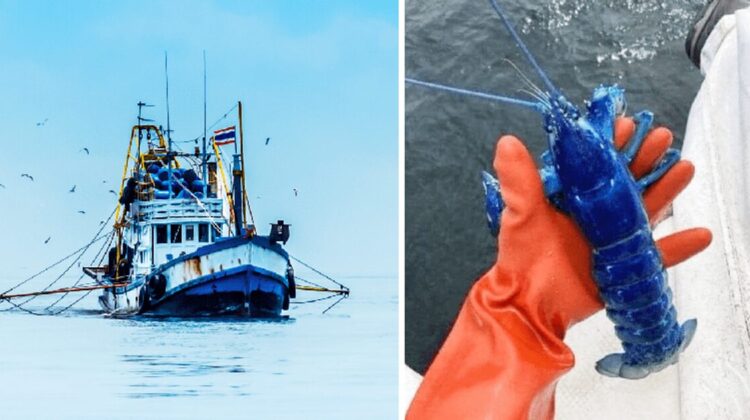
A fisherman from Portland, Maine, recently caught a stunningly rare blue lobster before releasing it back into the ocean. The crustacean’s vibrant blue shell is the result of a genetic mutation that causes the lobster to produce an excess of a specific protein, giving its shell its extraordinary color.
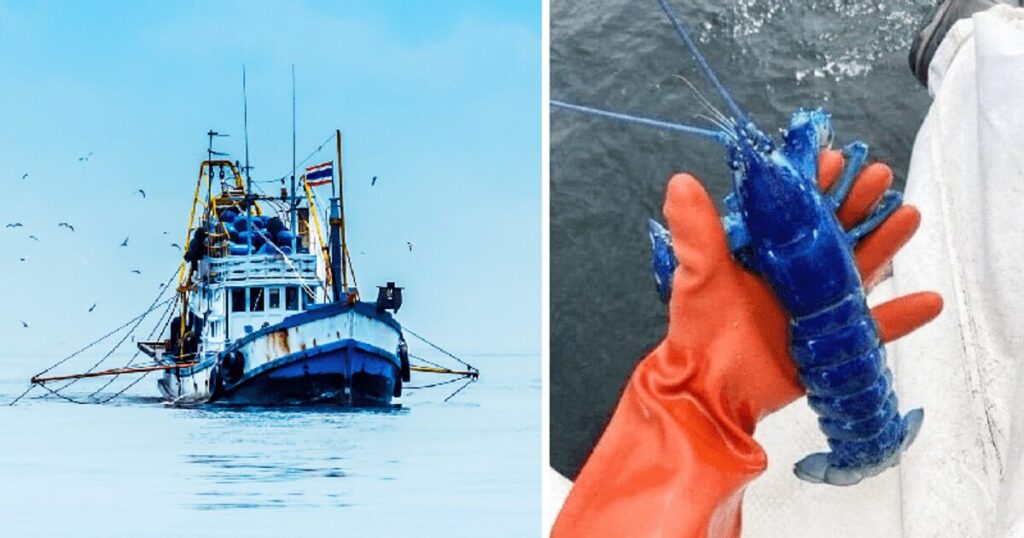
The rare catch was reported by tech entrepreneur Lars-Johan Larsson, who shared a photo of the lobster. “This blue lobster was caught off the coast of Portland yesterday and returned to the water to continue to grow. Blue lobsters are one in 2 million,” Larsson noted. Typically, lobster shells are red or brown, but this unique hue is a product of the genetic anomaly.
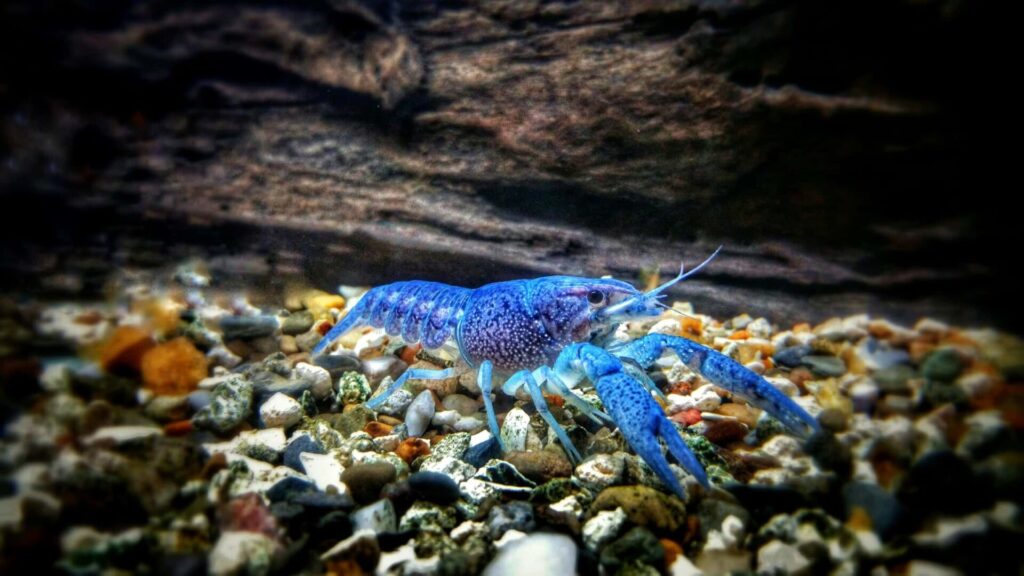
Blue lobsters are exceptionally rare. Despite the high number of lobsters caught for consumption, encountering a blue one is still a rare event. Fishermen often view catching a blue lobster as a good omen. As noted by BBC, while lobsters in the North Atlantic are generally greeny-brown and turn pinkish-red when cooked, European lobsters can sometimes display a duller blue. According to Charlie Ellis, a researcher at the U.K.’s National Lobster Hatchery, a bright blue lobster is rare even among European lobsters, though it may be less startling to local fishermen compared to those in North America.
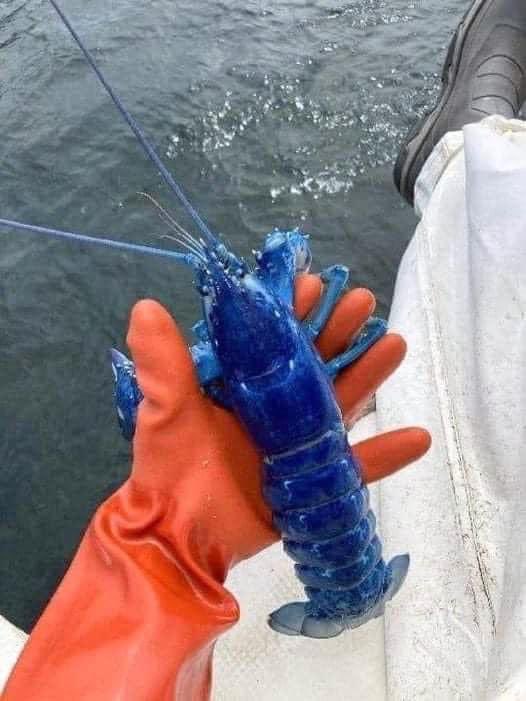
Lobster enthusiasts also recognize other rare lobster colors. Yellow lobsters, for instance, are estimated to occur about once in 30 million, while albino or “crystal” lobsters are thought to appear once in 100 million. In 2011, two fishermen in Dorset caught a crystal lobster, highlighting the extraordinary nature of these rare finds. Rob Bayer, executive director of the University of Maine Lobster Institute, remarked, “Bright blue lobsters might not be the rarest, but they are undoubtedly the most visually striking.”
In recent years, some restaurants have gained attention for saving blue lobsters from being served. Austin Hopley, a chef at “The Hare” in Rochdale, U.K., became notable for sparing a bright sapphire lobster he named Larry. Hopley described his moral dilemma and eventual decision to find a new home for Larry. After reaching out to various aquatics shops and organizations, Hopley successfully arranged for the lobster to be transferred to Sea Life in Manchester.
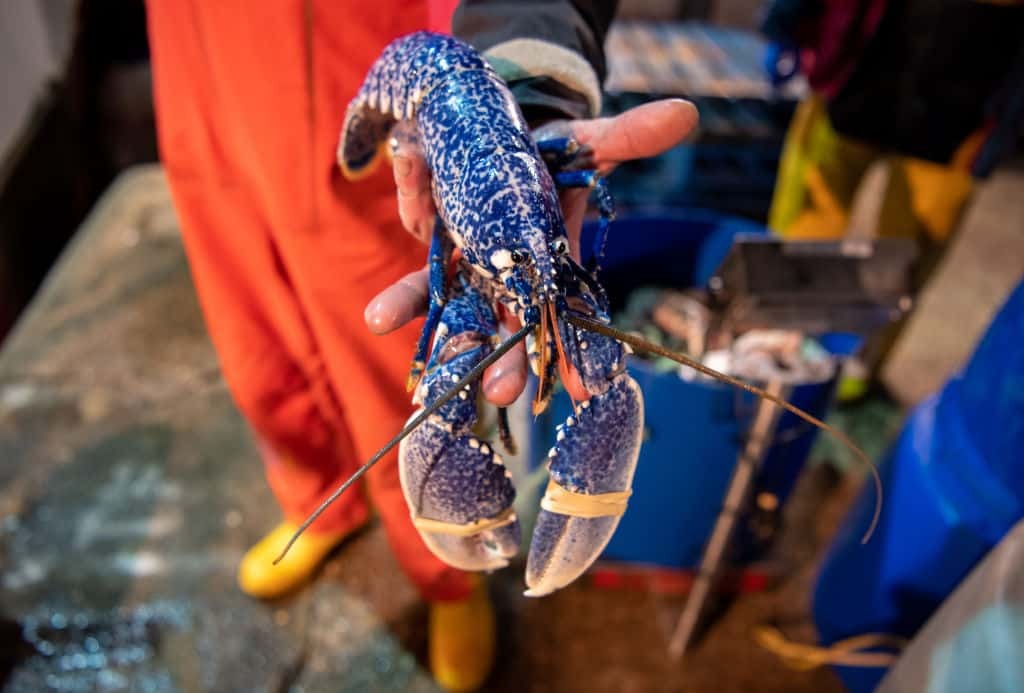
Brendan Malone, a curator and marine expert from Sea Life, commented on the importance of such rare finds. “It is certainly an extraordinary find and worth saving to try to educate the public about these amazing creatures in the ecosystem,” Malone said.
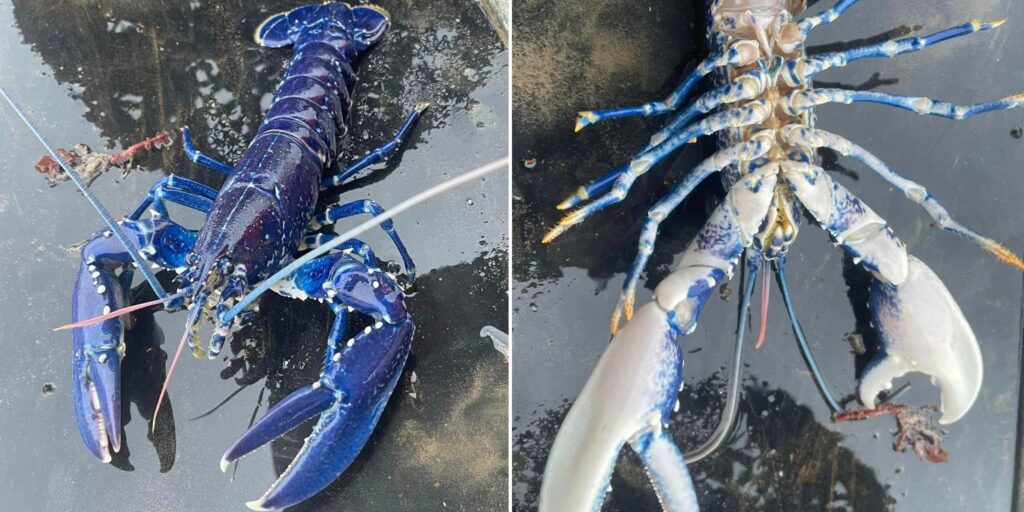
Hopley’s actions reflect a growing trend of valuing and preserving these rare marine creatures, emphasizing the belief that every species deserves a fair chance at survival.

Leave a Reply